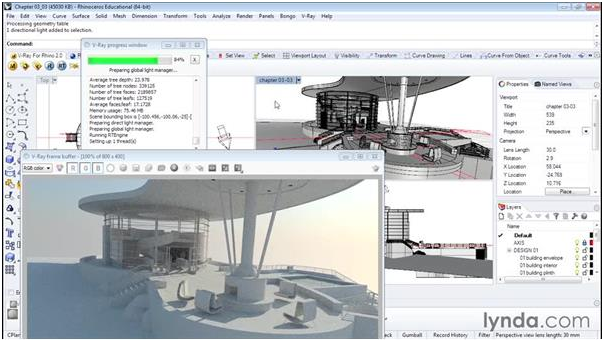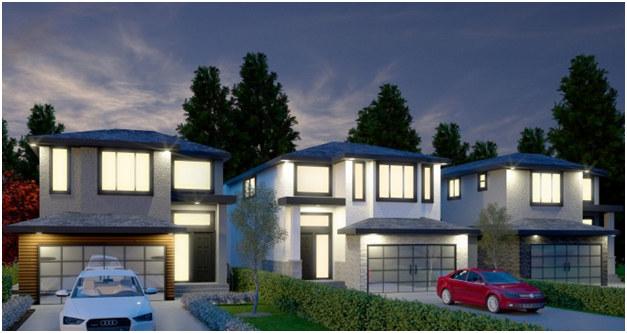Real-time rendering is the newest 3D rendering technique to take over the industry by storm. Movies like Rogue One and games like Grand Theft Auto V are great examples of outputs of this technique. Media produced in this form have enhanced graphics and allow a richer immersive experience.
For someone who’s never heard of real-time rendering, it may sound quite confusing. Don’t all 3D render engines happen in real-time? Well, technically they do. But real-time rendering does it just a little bit differently.
To explain it better, let’s put it in the context of video games. Most recent video games come in a 3D format. Some games can be played by using a controller, or even allow your video game character to follow whatever you do in your living room!
Most games often let your character fulfill a command right away. However, when we scrutinize the response time for these games, you can see the small discrepancies magnified.

What appears to be an immediate render of your command by your character isn’t very immediate at all. There is a small lag time that happens as the render engine processes it. Real-time rendering eliminates this lag time so that the user can interact or move around in the environment—perfect for augment and virtual reality. What gives this technology its name is the fact that it almost renders effects and images in real time.
This doesn’t mean that real-time rendering can replace big time render engines such as RenderMan, but it does give some valuable input to the design industry as we know it. Real-time rendering allows artists to see outputs of certain changes implemented more quickly. This makes their production process much faster as render farms won’t be used as often since backdrops or scenes are created almost immediately.

In live-action productions, moving the camera allows you to view a variety of angle options you can choose from, optimizing the cinematography for the production. This was previously unknown in animation. Real-time rendering allows the similar panning of live action production, making the process of creating animated movies or video games close to that of live-action production.
This allows a myriad of options for both animation and video game producers. The latter allows them to create more immersive universes. Video games such as Grand Theft Auto V, which used real-time rendering in its production, had immersive gameplay and universe.
Real-time rendering came to spotlight when Epic Games, a North Carolina-based video game company, released a video showing that real-time rendering was used in Rogue One. The video showcased that K-2SO was actually a rendered effect—something that was unexpected as it looked more of a physical prop than a digital simulation. This was done using the Unreal Engine 4 software— showing that real-time renderers are actually getting close to the same visual quality of traditional renderers.
This makes the future of 3D rendering an exciting one. However, the entertainment industry isn’t the only one that gets to benefit from this technological evolution. It will take similar industries sooner than later to catch on to it. Engineering, architecture, and marketing fields will eventually find ways for real-time rendering to simplify their work flow.

As this technology allows nearly immediate renders, it would be a useful feature in product design and architectural design. Product prototypes could be streamlined faster, making it easier for engineers to adjust design specifications that work or don’t work or for architects determine stable floor plans and building simulations. This would make the workflow for any 3D modeling artist a lot easier!
Aside from creating better product plans, real-time rendering allows various marketing promotion to become more interactive. Companies could use augmented and virtual reality rendered by this tech, making it a fun experience for the consumer. Real estate companies could let interested passersby try out a virtual reality ad for an up-and-coming real estate property. With real-time rendering, you can create a wide VR universe for the user’s experience—almost like the property they’re viewing has already existed.
Every 3D rendering company is keeping their eyes glued to the development on software and technology to improve their game. From video game producers like Epic Games to architectural modelers like RealSpace3D an Architectural rendering 3D company, it won’t be long before digital simulation is borderline liveaction.
